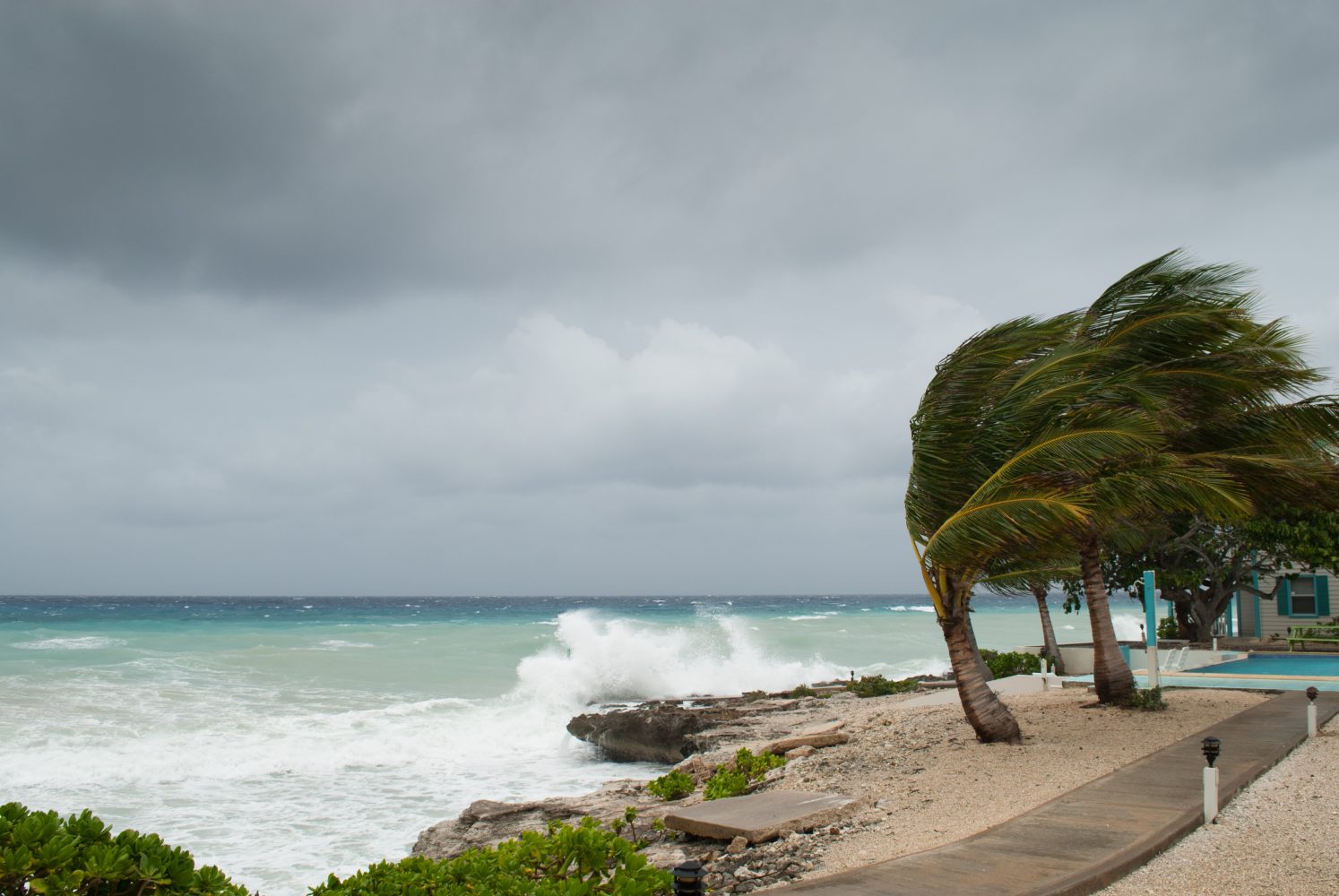5 Preparation Tips for Surviving Hurricane Season

Summer is upon us, bringing with it warm temperatures, clear skies, and sunny weather—but also the risk for devastating and catastrophic hurricanes.
The 2018 hurricane season will last from June 1st to November 30th in the Atlantic, and May 15th to November 30th in the Pacific. 2017 saw some of the most destructive and record-breaking hurricanes and storms that have ever hit the United States, and forecasts predict a similarly active 2018 hurricane season.
Hurricanes Harvey and Irma alone caused between 150 and 200 billion dollars of damage to homes, businesses, personal property, and infrastructure—a stark example of the brutal forces at play when a hurricane makes landfall.
It’s important to properly prepare for hurricane season long before hurricanes churn to life. Here are five tips to prepare for and survive hurricane season.
1. Understand the National Weather Service Alerts
The National Weather Service issues a series of alerts to keep the public informed about the likelihood of a storm occurring. Alerts are broadcast through TV, radio, and SMS, as well as various social media channels.
- Tropical storm and hurricane advisories are intended to notify the public of the potential for hazardous conditions and other storm-related inconveniences. Conditions may be dangerous, so caution is recommended.
- Tropical storm and hurricane watches are issued 48 hours prior to the anticipated arrival of a tropical storm or hurricane. This period of time should be used to make any last-minute storm preparations in the likely event a storm will soon strike the area.
- Tropical storm and hurricane warnings are issued 36 hours before a tropical storm or hurricane is expected to arrive. Once the warning has been given, final emergency preparations should be made and individuals should prepare to evacuate or otherwise follow the instructions of local authorities.
2. Create an Evacuation Plan
Roads are often closed by either the police or debris, so it’s important to know your local evacuation route. Your state’s Department of Transportation or Office of Emergency Management websites should provide information about nearby evacuation routes and shelters.
The Federal Emergency Management Agency, or FEMA, also provides a mobile app for finding local emergency shelters.
You should also look into pet-friendly hotels and facilities in the event your emergency shelter cannot provide shelter to your pet for public health reasons.
3. Put Together Emergency Supplies
Have access to a “go-pack” or stash of emergency supplies, whether you evacuate or stay behind. These supplies should be kept in an easily-transportable bag or container, and include at least:
- Communication devices (a radio, batteries, and extra chargers, for example)
- Medicines and toiletries (travel-size shampoo, soap, and toothpaste, toilet paper, etc.)
- Important documents, paperwork, and extremely valuable items
- Matches, flashlights, and other safety tools
- Non-perishable food and drinks
- Extra clothes and blankets
- Toys and comfort items for your children
Begin collecting supplies now to minimize the cost of putting a go-pack together. Items like canned goods are perfect to store in the event you’ll need them during an emergency later on.
4. Prepare Your Home
Just before a storm, plywood and similar materials seemingly vanish from store shelves. Start preparing for a hurricane now by purchasing enough plywood to cover your windows in the event of a hurricane warning.
Also invest in caulk to seal any spaces between your windows, frames, and the holes where wires enter your home. These spaces allow for rainwater to find its way inside and wreak havoc from within upon your house.
Clean, maintain, and secure your gutters and drains, as well. Clogs can lead to a backup of rapidly-accumulating water, which will quickly flood your home. If you have a sump pump installed, be sure it’s in working condition.
5. Review Your Homeowners Insurance Policy
While most homeowners insurance policies protect against hurricane damage caused by wind and objects-turned-missiles, you should review your policy to be sure your policy provides adequate protection and you’re not underinsured.
Depending on your insurer, you may need to purchase a rider to cover damage caused by hurricane-force winds and other threats.
Meet with your insurance agent to ensure the true cost of rebuilding your home is accurately covered by your insurance policy.
It’s also worth noting that many standard homeowners insurance policies do not cover flood damage, which is often covered separately through an additional rider, separate insurer, or with help through initiatives such as the National Flood Insurance Program.
If you have a valuable collection or other expensive belongings, your homeowners’ insurance may not provide enough coverage to repair or replace it in full. Speak to your insurance agent about scheduling your personal property for additional protection against damage and loss.
Protect Your Home and Loved Ones by Preparing for Hurricanes
Though it’s impossible to be totally protected from the force and destruction caused by hurricanes, proper preparation can significantly reduce the damage sustained by you, your family, and your property. When it comes to hurricane preparation and survival, the age-old adage applies: it’s better to be safe than sorry.